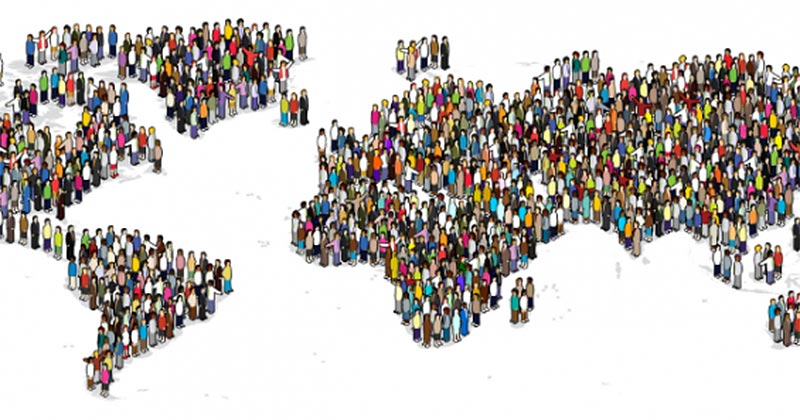LAHORE (Staff Report) – Pakistan falls on No.#6 in the list of countries estimated to have highest population by 2050.
Population Reference Bureau released its report on world population 2015 and gave a list of ten countries with highest population by 2050.
Following are the countries with their estimated population in 2050:
1. India (1,660 million)
With 1,314 million people, India has the second highest population in the world. By 2050, it is expected to take China’s top position to become the world’s most populated country.

1. China (1,366 million)
There will be a decline in China’s population from 1,372 to 1,366 million. Thus, losing its position to the second in the list.
3. United States of America (398 million)
US is expected to retain its third position in the list with a slight increase in its population by 2050.

4. Nigeria (397 million)
There will be a drastic increase in Nigerian population by 2050 – from 198 to 397 million that will move its position from No.8 to No.4 in the list.

5. Indonesia (366 million)
Although there will be an increase of 10 million people in Indonesia’s population, but compared with other countries, the South East Asian country will lose its position from fourth to fifth by 2050.

6. Pakistan (344 million)
In the list of ten countries, Pakistan is estimated to have the highest number of increase in its population. Although the country will retain its position No.6 in the list, but almost 145 million people will born by 2050.

7. Brazil (226 million)
Brazil will lose its position from fifth to seventh. However, there will be an increase in the population.

8. Bangladesh (202 million)
The South Asian country is expected to retain its position on the 8th with slight increase in its population by 2050.

9. Democratic Republic of Congo (194 million)
Marred with violence and poverty, the African country is a new entry in the list, which will have 194 million people by 2050.

10. Ethiopia (165 million)
Another African country will make its appearance in the list of highest population countries by 2050.
















